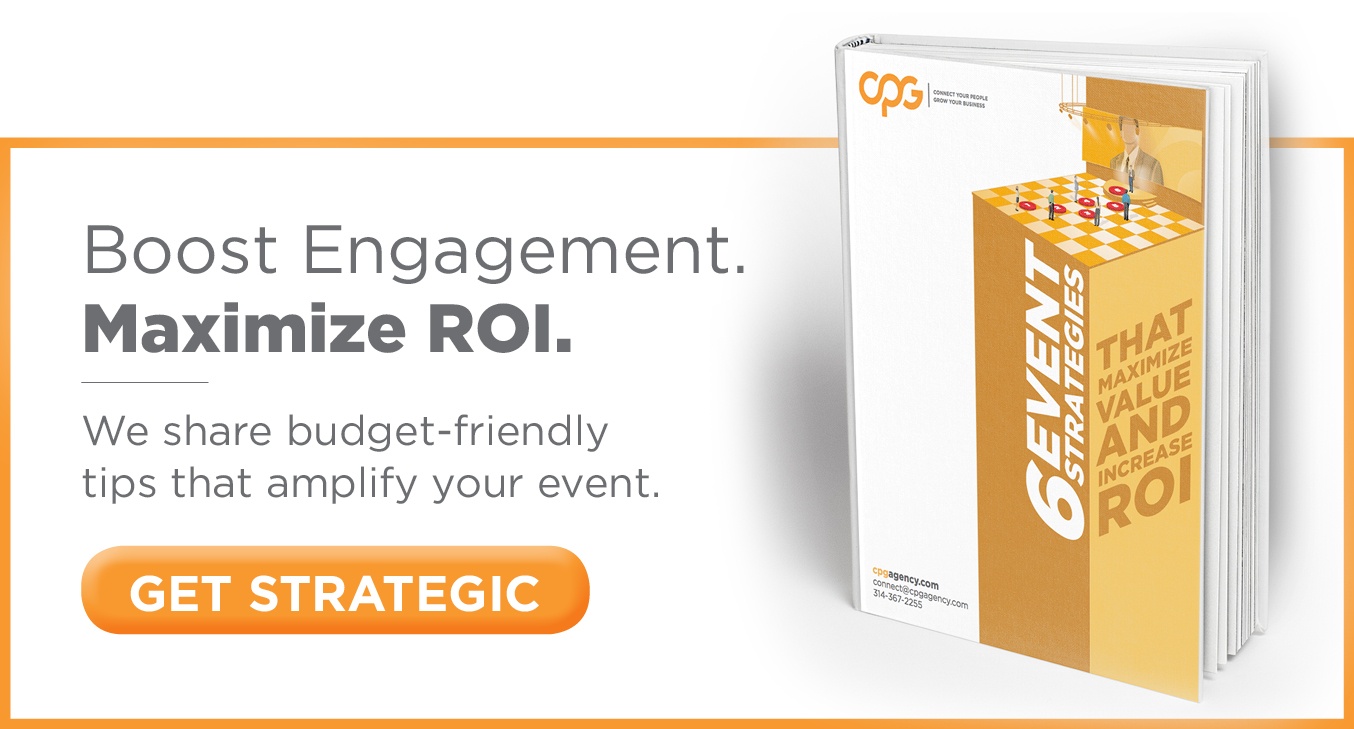5 Best Practices for Sustainable Corporate Event Planning:
Select an Eco-Friendly Venue
Throughout the process of selecting a venue space, it’s important to consider the impact it will have on the local environment. Try choosing a location that offers carpooling services that transport guests to and from the event space. If you want to take your carpooling efforts even further, select venues that use battery-powered or biodiesel vehicles.
If your annual convention takes place at a hotel, make sure it has sustainable policies in place, including energy-efficient lighting, heating, electricity and the use of solar panels. Some sustainability credentials to look for when choosing a location are LEED, ISO, Green Key, and Green Seal.
Create Give Back Opportunities
When organizing an eco-friendly event or conference, the main concern is giving back to the environment. While the environmental benefits should be the sole focus, it’s important to consider how your conference is giving back to the local community as well. So how do you incorporate community service activities into the event schedule and use it to accomplish your attendee KPIs?
Team building is a perfect gateway for your brand to engage attendees while driving purpose and leaving their mark within the community. Some ways CPG has helped clients promote community engagement with their attendees is by planting trees or picking up trash in local parks, assembling hygiene kits for homeless shelters, or building bikes for children in youth clubs.
Minimize Paper Usage with Digital Communication
Whether it’s a corporate event, annual convention, or business meeting, these functions typically require the use of paper before, during and after the event. Digital communication loses the paper trail and hits attendees right where they are used to looking. With event apps, social and websites, you can lose the paper maps and event itineraries and grant digital access to all things event-related.
Plus, you’ll save money. LinkedIn reports that, depending on the size of the guest list, printing can cost anywhere from $3000-$30,000.
Digital communication sounds like a pretty good idea now, doesn’t it? By reducing your paper trail, not only are you saving the trees, you’re saving your budget for an elevated event experience and that’s always a win-win.
Reduce Food Waste
MeetGreen reports hat a typical five day conference with 2,500 attendees consumes up to 62,500 disposable plates, 87,500 napkins, 75,000 cups and 90,000 cans or bottles.
That’s just for an event hosting 2,500 attendees.
Imagine what those numbers look like at a conference with 30,000 guests. There are many efficient, yet overlooked, methods that can be implemented into your next event to get two green thumbs up from Mother Nature.
At the start of the conference, give attendees branded water bottles that can be refilled at water stations; this will dramatically reduce the number of water bottles being sold and maximize brand recognition. Replacing disposable plates and cutlery with biodegradable plastic or glassware significantly reduces the amount of plastic finding its way into landfills.
Sometimes it can be difficult to determine just how much food to cater for an event to ensure everyone gets their fair share. The last thing you want are hungry attendees fighting over the last piece of steak. By reviewing data from previous events, you gain a better understanding of what types and quantities of food to order. And if by the end of the night there is a lot of food remaining, put that food to good use by donating the leftovers to food banks and homeless shelters.
Support Local Businesses
If you want your next event to really leave a lasting impact on the community, cater from local businesses within your host city. By hiring a catering company that is committed to using locally grown food, you greatly reduce your carbon footprint because the distance the food has to travel is much shorter.
The benefits? Your produce is more fresh, providing your attendees with food that they can feel good about. Buying from local businesses also positively benefits the economy because you are helping local farmers and growers keep their jobs and the money is staying within the community.
Download Our eBook: 8 Fundamentals of an Internal Communications Strategy
If your people are sending out the “whatever” vibes, it’s time to get back to the basics. Make sure your internal communication strategy is following 8 fundamentals to cultivate an engaged workforce aligned with your company’s success.
Are You Ready to Become An Event Greening Advocate?
By choosing to go green at your corporate event, your brand shows attendees the choices you’re making and brings them in to the positive changes they’re affecting.
This will create positive affinity for your brand, creating stronger brand advocates as a result. By influencing and encouraging your attendees to implement sustainable practices into their own lives, your brand will leave an impact on the environment that will last long after the event is over.






